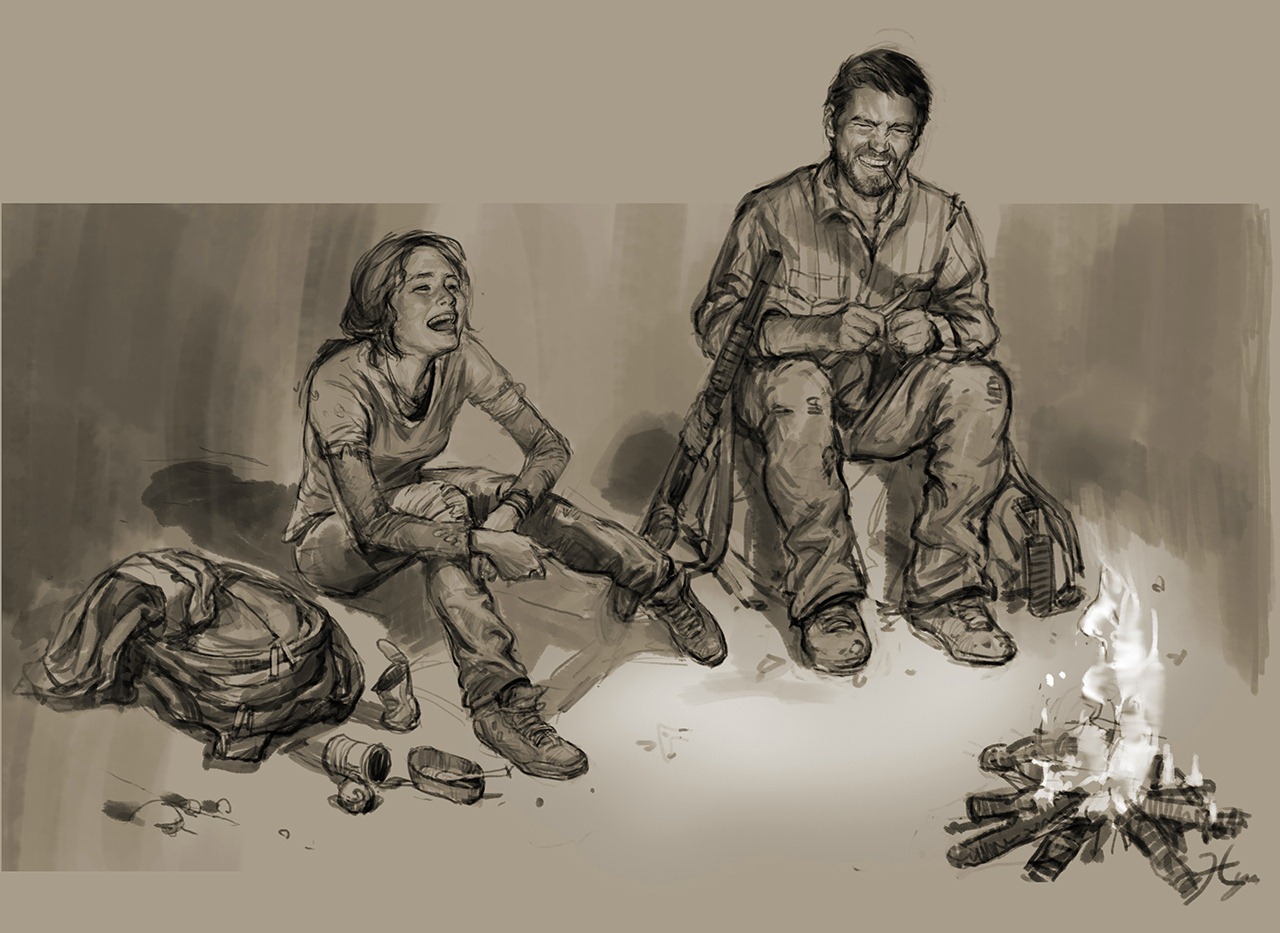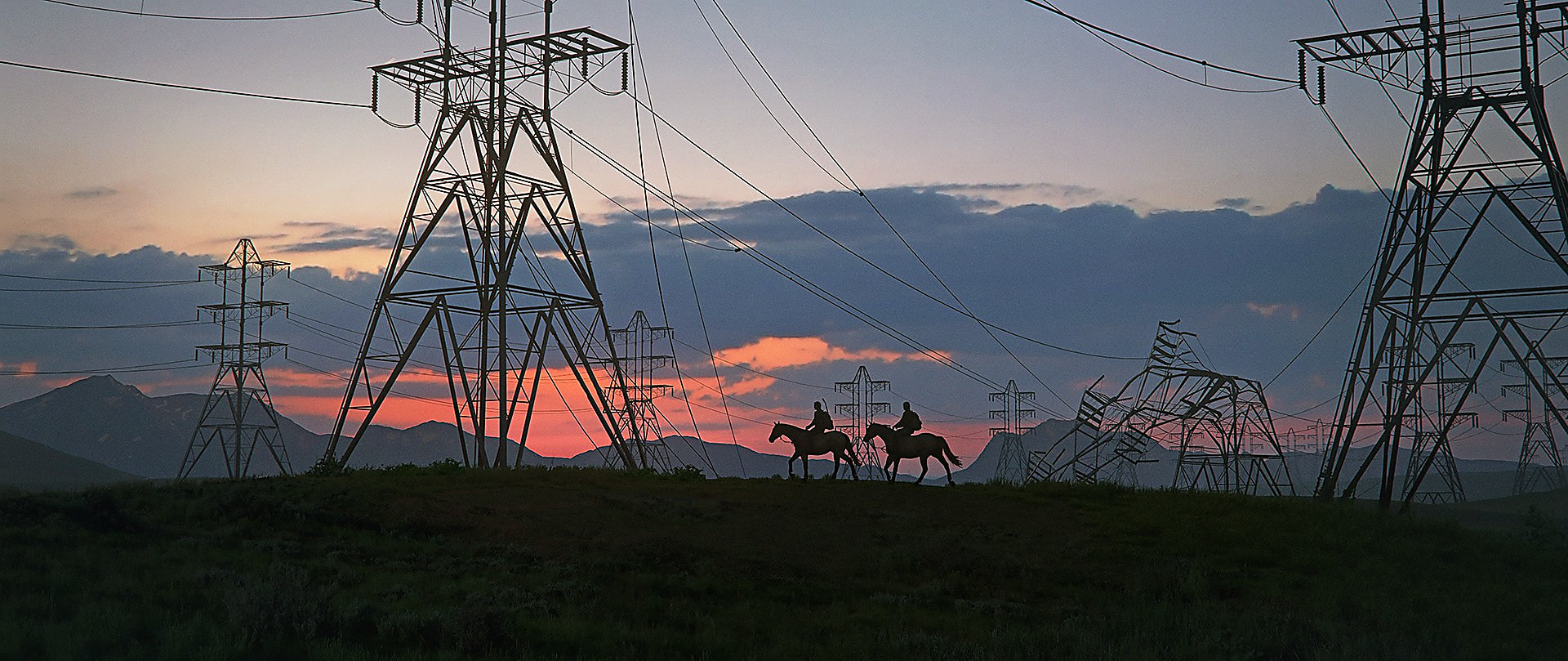
Both the standard and Deluxe Editions will hit books stores June 16, 2020.For more post-apocalyptic news, check out this The Last of Us Part 2 fan art poster showcasing Ellie’s evolution, Ashley Johnson mimicking Joel, or this amazing mural of Abby from The Last of Us. This is not the only art book that is available for The Last of Us Part 2. The regular edition of the artbook can also be pre-ordered through Amazon. The difference is that the Deluxe edition is limited and comes with an exclusive cover and slipcase, as well as a gallery-quality lithograph. The pricing is also different for both versions. The Deluxe edition costs 89.99 while the regular edition can be purchased for 35.99.

The Last Of Us 2 Art Movie In Question
Fresh off an emotional toast with the rest of their colleagues at Naughty Dog, Druckmann and Gross hopped on a video call with IndieWire on the day of the game’s release in order to talk through some of the most nuanced and audacious storytelling choices in video game history.The following conversation has been edited for length and clarity.The story of “The Last Us Part II” is almost perfectly symmetrical. Following Ellie from Wyoming to Seattle on a bloody quest to avenge her murdered father figure (before recasting players as the woman who killed him), “The Last of Us Part II” tells an unforgettable story about the nature of justice, the cycle of violence, and the radical empathy required to end it.And after half a decade of omerta-like silence, Druckmann and Gross are finally able to talk about it. They’ve created an bold, astonishing pop masterpiece on the largest possible scale — a beautiful and fearless blockbuster sequel that honors the magic of its source material by deepening “The Last of Us,” as opposed to just echoing what people already love about it. When a bevy of sensitive cut-scenes leaked onto the internet this past April and revealed certain details about the plot (19-year-old Ellie is the protagonist instead of Joel, she’s openly gay, and one of the major characters is trans), it became clear that the “Star Wars” movie in question is “The Last Jedi.”'Dune' Star Jason Momoa on How Denis Villeneuve Literally Brought Him Off a Mountain to Star in Sci-Fi EpicHow 'Dune' Let Rebecca Ferguson Defy Her Fears of 'Strong Woman Character' Typecasting'The White Lotus': Everything You Need to Know About the HBO SeriesEmmy Predictions: Best Supporting Actor in a Drama Series - Upsets BrewingThat comparison isn’t only apt because writer-director Neil Druckmann and co-writer/narrative lead Halley Gross have triggered the most toxic pockets of their fandom by daring to make a game that actually reflects the wide spectrum of people who will play it. Players were left to sit with Joel’s decision to save the life of his surrogate daughter Ellie — the only known person immune to the zombifying plague of cordyceps fungus that had wiped out 60% of the human population — rather than sacrifice her body to science in order to produce a vaccine.If the moral ambiguity of that moment helped galvanize “The Last of Us” into a haunting experience, the promise of addressing its repercussions elevated “The Last of Us Part II” into a legitimate event, complete with the kind of high-wire hype that tends to be reserved for the release of a new “Star Wars” movie.

It seems like she doesn’t get all the way there until after the fight with Abby in Santa Barbara.Druckmann: Joel has made this decision for Ellie, and now she has to deal with the consequences of that choice. There’s something interesting that happens when you’re not in alignment with the character and the game makes you do something that you don’t want to do — you wrestle with those decisions in a different way than you would be able to in a passive medium.Many players — and most parents — might have understood Joel’s decision at the end of the first game, but “The Last of Us Part II” finds that Ellie herself is struggling to make sense of it. We knew that some people were not going to be on board with Joel’s decision at the end of the game, but we tried to make it so that even if you’re not in alignment with him by the time you got there, we’ve hinted at what he’s capable of so much that you’re still on board for the ride. We fight Abby, but Ellie chooses to spare her life.Druckmann: I think the ending of “The Last of Us” worked for a lot of people because of how in the beginning of the game we did a lot to put you in alignment with Joel, and to make you care for Ellie, and because we delayed Joel making the choice to take care of Ellie for a while — people like Tess keep making that choice for him. We fight Ellie, but Abby makes the decision to walk away. In “Part II,” it feels as if the characters are trying to wrest control back from us.
She’s haunted by what Abby took away from her, and also — we come to realize — she’s haunted by what happened to her relationship with Joel after he told her the truth and she was so hurt by it. That information drives a deeper wedge between Ellie and the player.Gross: Ellie’s got survivor’s guilt, she’s got PTSD, and she’s haunted by what she lost. He’s willing to do whatever it takes to protect his tribe.The game’s biggest plot twist is a subtle tweak in perspective, as we learn that Ellie has known the truth of what Joel did the whole time, and chose to seek revenge against his killers anyway. He’s the same guy from the prologue of the first game — when he refuses to pick up another family as he and Sarah are driving out of Austin — all the way to the end. And for Joel, the decision to choose Ellie over the vaccine was pretty consistent with his character.
We wanted with each flashback to show that at first Ellie’s in denial about it, and then it’s this thing that’s hanging over her relationship with Joel, and then she’s starting to suspect something, and then she thinks she thought she could let go but she can’t and it’s eating away at her until finally it blows up.The structure you settled on — especially with that very last flashback — makes the game feel like it’s the story of Ellie painfully coming to the point where she understands why Joel saved her, and is able to forgive him. For years people have been debating “Does Ellie know Joel is lying to him? Does she not know? Does she know he’s lying but she’s willing to let it go because of how much she loves him?” And it turns out that it’s kind of all of those things. But we didn’t want to just have flashbacks that had nothing but sweetness — it felt like their relationship had to progress and couldn’t stay static.Gross: This whole game is about the consequences of the choices that we make, and to do flashbacks that didn’t unpack the consequences of Joel’s choice and how it became this festering secret between he and Ellie that was dividing them and splitting them in two… that would have done a disservice to our theme.Druckmann: I remember the fear of how much people loved the ending of the first game because of how ambiguous it is. We knew we weren’t going to spend a lot of time with Joel on the front end of the game, so we needed to insert these moments to keep reminding you why Ellie is on this journey in the first place. At first you think it’s just “fuck those people, they killed my father figure,” but then you realize “well, how much does she feel culpable in this? How much does she feel like she took something away from Joel?”Druckmann: There was a functional reason for those flashbacks, too. It also progressively contextualizes what’s driving her.


 0 kommentar(er)
0 kommentar(er)
